Features of molding from cold porcelain
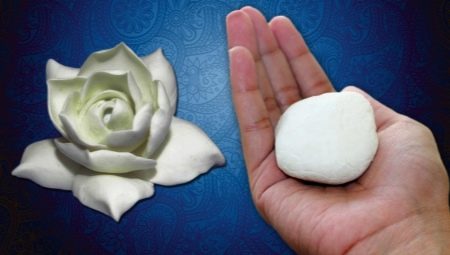
Handicraft is one of the most common hobbies. Modeling is especially popular among both adults and children. Recently, cold porcelain has been widely used to create various figurines and decorative elements. The features of this material, as well as the subtleties of working with it, will be discussed in more detail in this article.
What is this material?
Cold porcelain is a molding mix. Such material is malleable when working with it and tends to harden in air within 24 hours. In its plastic state, it resembles plasticine or clay in texture. Figures made of cold porcelain can be decorated with various elements from other materials, as well as painted and varnished.
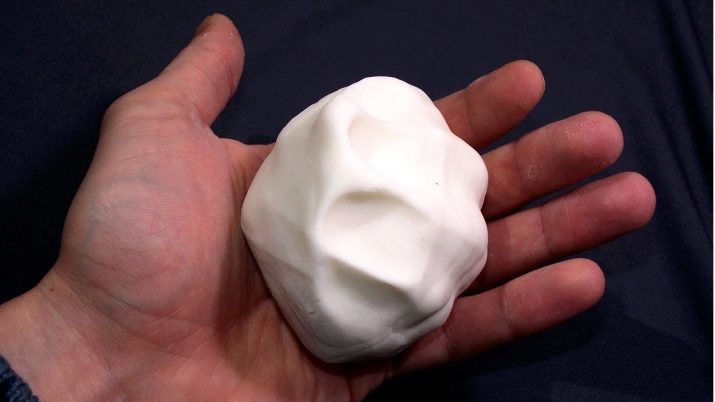
Cold porcelain is believed to have originated in the early 19th century. Argentina is considered its homeland, but there is no exact data on the origin of the material. In Russia, the appearance of the first products from cold porcelain also dates back to the 19th century. Decorative crafts were intended to decorate eau de toilette containers.
You can make a mixture for modeling at home. This process will not take much time and will not require large investments. A properly prepared mixture will be smooth, supple and smooth. The material is great for beginners, whether a child or an adult.
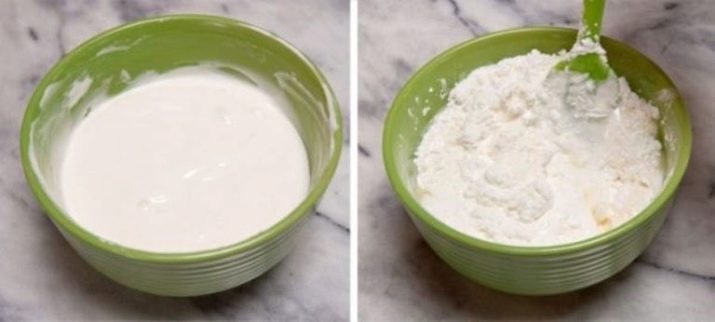
How to make it?
Cold porcelain can usually be found at craft stores. However, it will be faster and cheaper to make the material yourself. When manufacturing, it is necessary to take into account a number of points.
- You can find options for preparing a mixture from both corn and potato starch. It is best to use the first option, since potato starch negatively affects the properties of the resulting mass: the material turns out to be denser and will have an ugly grayish or yellow tint.
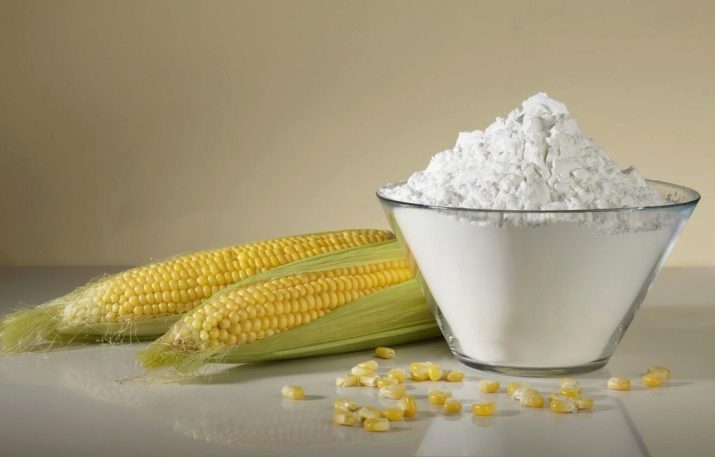
- Another main component for making cold porcelain is PVA glue. It is worth remembering that adhesive mixtures can also vary in quality and properties.
The most suitable option in this case would be wood glue. However, it must be diluted with water first.
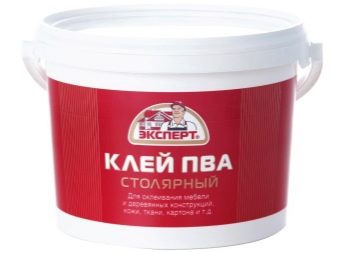
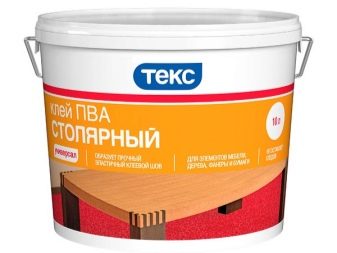
- It is not necessary to dye porcelain products after sculpting. You can initially give the material the desired shade by introducing dyes into the mixture at the stage of its manufacture.

There are some simple recipes that will produce a high quality sculpting mix. One of the easiest options involves using the following components:
- 400 g of PVA glue mixture;
- 400 grams of corn starch;
- 2 large spoons of a cosmetic oil product, the basis of which should be petroleum jelly;
- 2 large spoons of cologne.
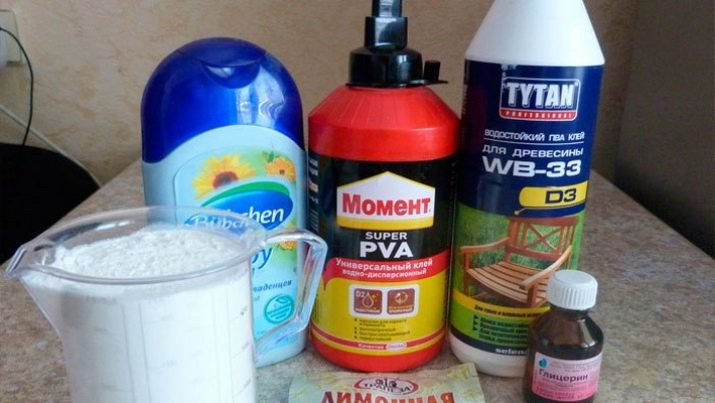
The amount of ingredients can be changed in accordance with the proportions depending on how much cold porcelain you want to get. The components are thoroughly mixed until a homogeneous mass is obtained. The prepared composition must be placed in a plastic bag, tied tightly and put aside for a while. If during operation the mass begins to crumble, you need to introduce a little hand cream into it and knead well again.
Another simple way to prepare the material involves mixing PVA glue and any starch (one glass at a time). 2 large tablespoons of glycerin and 1 tablespoon of baby cream are added to the main components. This method will require additional efforts, since during the cooking process you need to resort to cooking the composition.
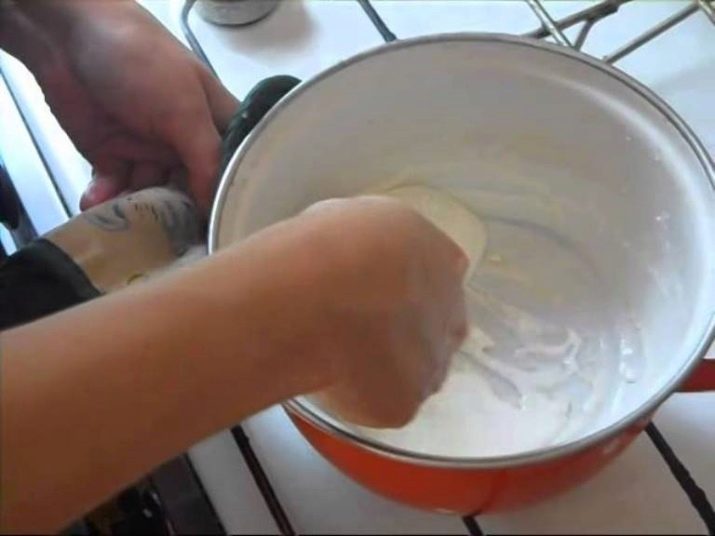
The glue mixture is poured into a metal container and put on a small fire. Cream is first introduced into the glue, and after thorough stirring, glycerin is added. Starch is poured last. The resulting composition may seem heterogeneous, but as it dries, the mass will take on the desired shape.
It is best to spread the ready-made mixture on a surface greased with cream. When the mass has cooled to room temperature, you need to start kneading until a homogeneous composition is obtained, suitable for modeling. If you do not plan to immediately start working with prepared cold porcelain, then the mass should be placed in a hermetically sealed container. It must be stored in the refrigerator.
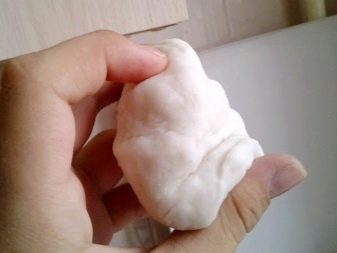

Required tools
To create beautiful cold porcelain pieces, you need to choose the right tools. It is not necessary to purchase special equipment, since all the tools can be found at home. Very often, cold porcelain is used to sculpt flowers. To make the stems better keep their shape, wire of various diameters is taken as a base.
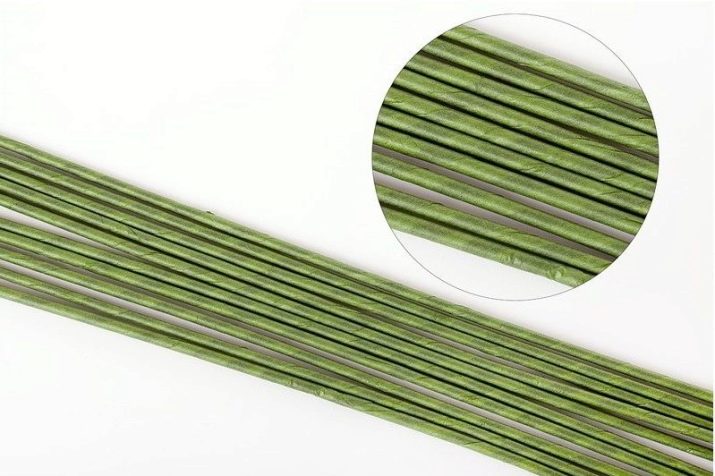
To create petals, special devices are usually used - molds. They are casts with imprints of real petals and leaves. You can replace this item with fresh flowers or make an analogue of plasticine and epoxy resin.
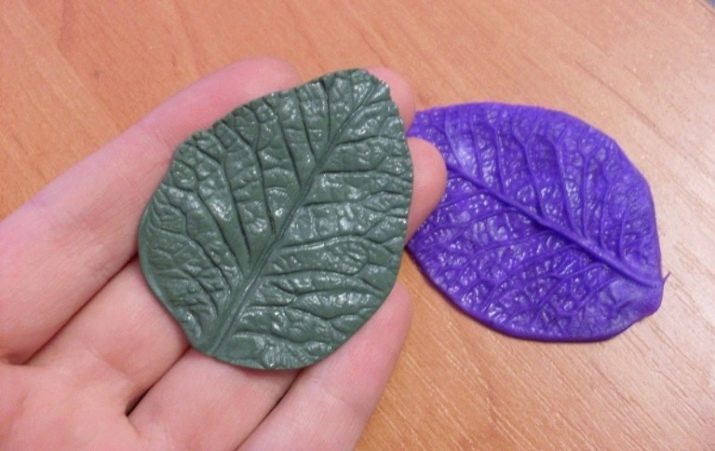
Other professional tools that are needed to work with cold porcelain are stacks and cutters. Stacks are a kind of knitting needles with balls of different diameters at the ends. Such a device is necessary for rolling and shaping various small parts. You can replace the stacks with toothpicks with beads strung on them.
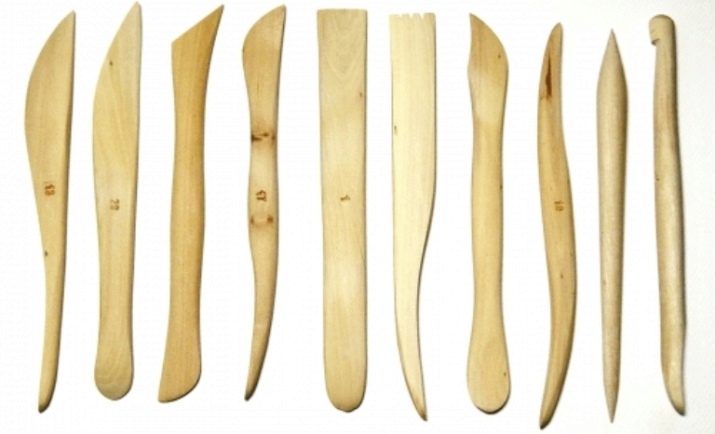
Small knives or scalpel can be used as cutters. You can use a rolling pin, glass bottle, or jar to roll out large pieces of porcelain.
Work rules
To sculpt various figures from cold porcelain, you do not need to master any special techniques.If you correctly select the necessary inventory and prepare a high-quality mass, then working with it will be quite simple. Despite the ease of use, the handling and handling of this material require adherence to certain rules.
Before starting work, it is recommended to grease your hands with baby cream. The room where the modeling will be done should not be too hot or cold. Any figure can be made from a properly prepared material - it all depends on the imagination of the master.
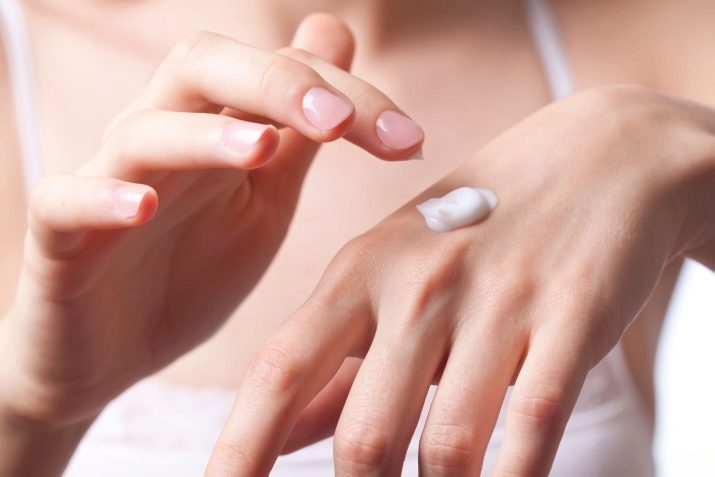
If poor-quality components were used in the manufacture of porcelain or mistakes were made, then working with the finished material will be problematic. A mass of poor quality can stick to hands, have an uneven consistency, and poorly keep its shape. In this case, you need to try to change the finished mixture by adding certain components to it, or to make the material again.
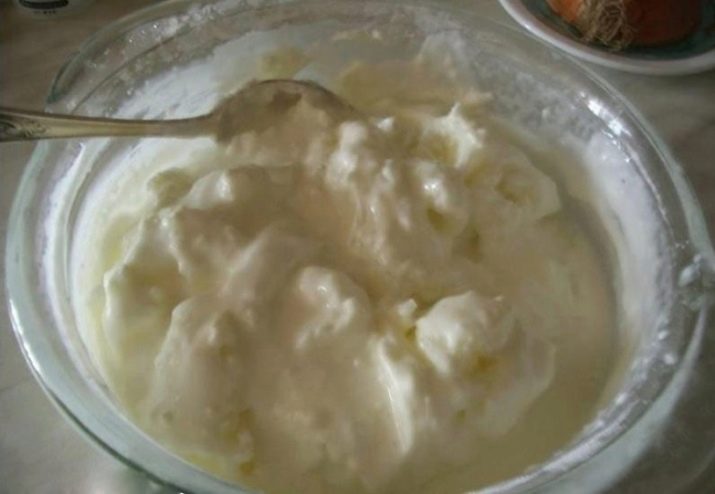
Processing and storage of finished products
Ready-made decorations and decorative items made of cold porcelain must be dried and, if necessary, painted. If you do not create the right storage conditions, then the products will crack when dry. Drying should be done at room temperature for at least 24 hours.
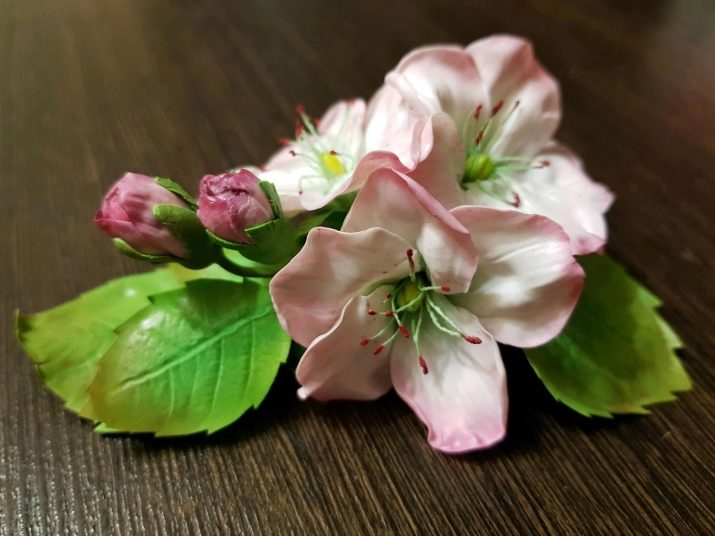
There is no need to bake finished products. However, to speed up the process, you can use the oven. To do this, the oven must be slightly heated and the heat supply turned off.
The figurines can only be dried in the oven for a short time - about 2-3 minutes.
The items will not dry completely, but the overall drying time will be reduced. If the items are dried in the usual way, then do not forget to turn them over periodically. If necessary, paint is applied to the finished figures. Painting on dried cold porcelain is carried out using ordinary paint brushes.
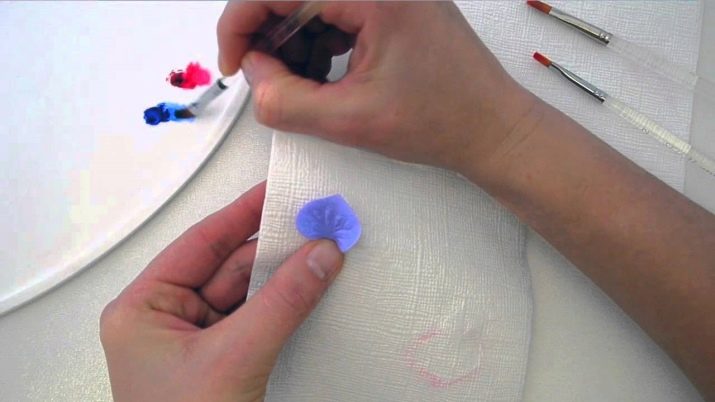
After applying the coloring composition to the product, it is recommended to hold it over the steam for some time. This is necessary so that the paint is better absorbed into the material.
It is best to use oil formulations for staining.

It is recommended to store ready-made figures from cold porcelain in a dry place. It is also advisable that the products are not exposed to direct sunlight. With the help of varnish, you can create an additional protective coating for crafts, thereby extending their service life.
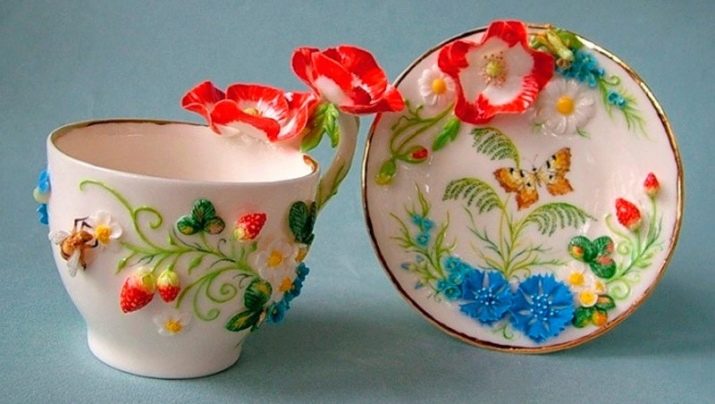
For information on how to cook cold porcelain without heat treatment, see the next video.






